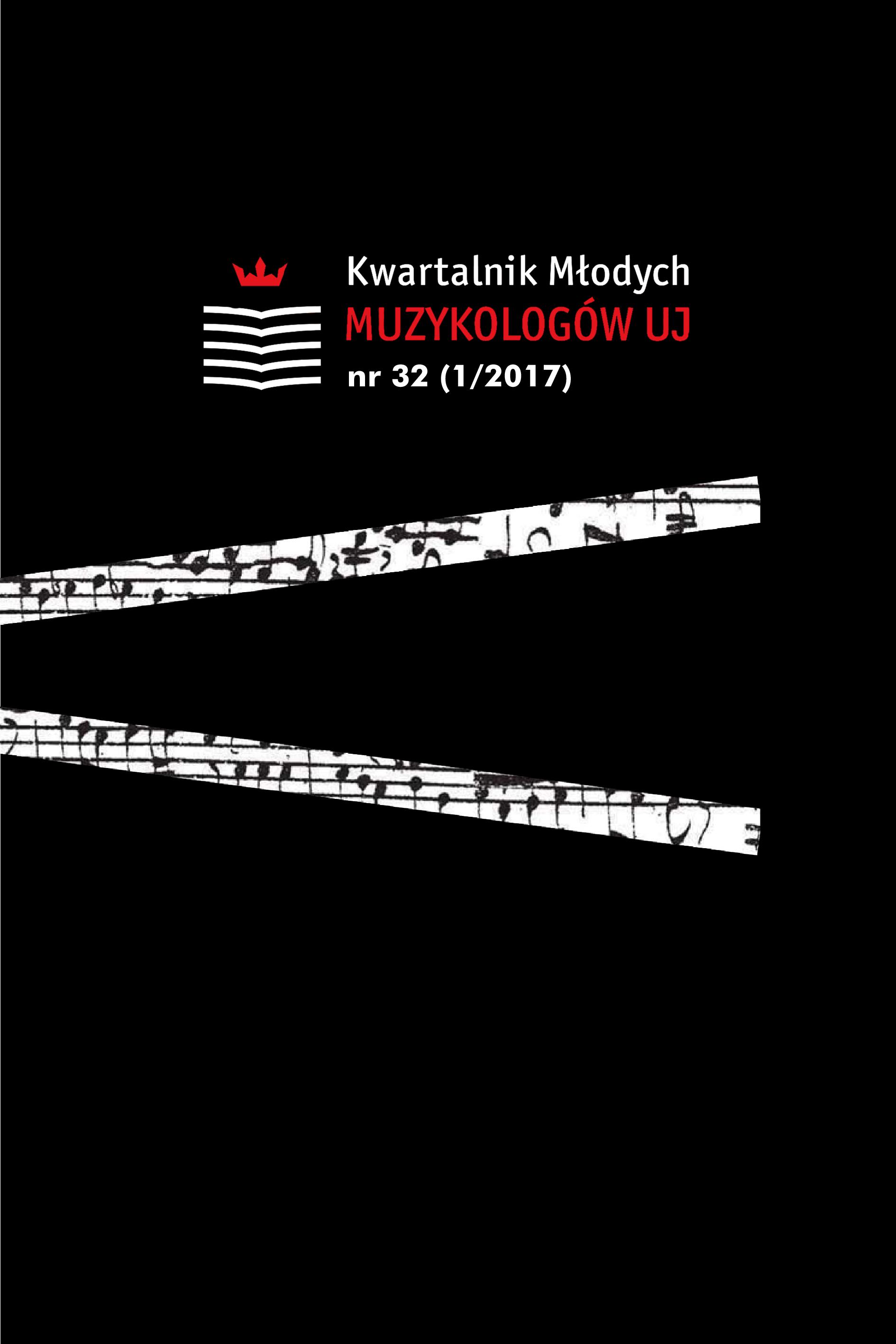Teoria kompozycji discontinuum-continuum meksykańskiego kompozytora Julio Estrady
Discontinuum-continuum: the theory of composition by Julio Estrada
Author(s): Manuel Domínguez SalasSubject(s): Anthropology, Philosophy, Social Sciences, Language and Literature Studies, Literary Texts, Education, Fine Arts / Performing Arts, Music, Essay|Book Review |Scientific Life, Bibliography, General Reference Works, Fiction, Studies of Literature, Metaphysics, Aesthetics, Sociology, Novel, Other Language Literature, Methodology and research technology, Scientific Life, Source Material
Published by: Koło Naukowe Studentów Muzykologii UJ
Keywords: Julio Estrada; discontinuum-continuum; macro-timbre; contemporary Mexican music
Summary/Abstract: Discontinuum-continuum: the theory of composition by Julio Estrada. The Julio Estrada’s output is still the unexplored area, what creates the opportunity to study the phenomenon called discontinuum-continuum. During the last 36 years of the creative activity, Estrada has developed several aspects of the macro timbre that integrate several compounds of a composition. In his research, Estrada confronts two different situations in the compositional process: continuous transformation of the sound and chronographical method, using strictly defined recording process in order to receive three-dimensional movements of the sound in the topological order. As a result of existing these two situations, a musical work is impossible to be defined by one technique or musical style. Examination of the theory of composition called discontinuum-continuum allows one to understand a new methodology of musical creation that involves scientific research of the physical phenomenon of sound and introspection of the imagination of the sound.
Journal: Kwartalnik Młodych Muzykologów UJ
- Issue Year: 2017
- Issue No: 01 (32)
- Page Range: 111-126
- Page Count: 16
- Language: Polish

